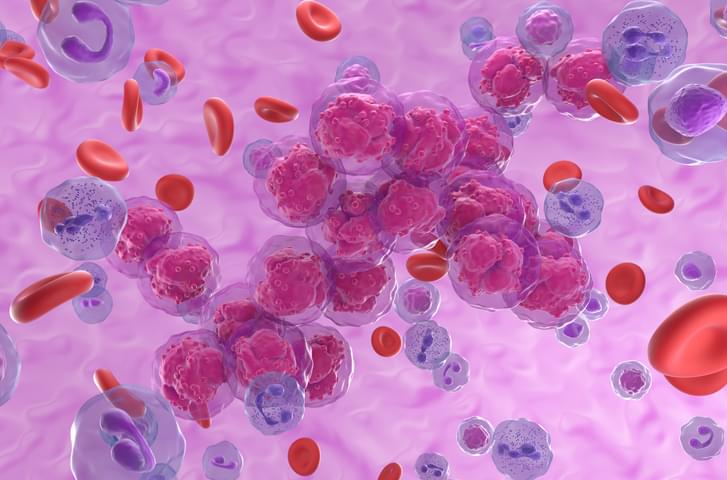Blue Report 2025 shows prevention down to 62% and data exfiltration blocked only 3%.




Microsoft has begun testing a new AI-powered feature in Microsoft Photos, designed to categorize photos automatically on Windows 11 systems.
Dubbed Auto-Categorization, it is currently limited to sorting screenshots, receipts, identity documents, and notes, and it’s rolling out to Copilot+ PCs across all Windows Insider channels with Microsoft Photos version 2025.11090.25001.0 or higher.
Microsoft says the feature utilizes a language-agnostic AI model that identifies document types regardless of the language used in the image. It works by grouping photos into predefined folders automatically, based on their visual content, such as handwritten notes, receipts, or printed documents.

Microsoft is investigating a known issue that triggers Outlook errors when opening encrypted emails sent from other organizations.
According to a recently published support document, this issue affects users in all Office channels who are using the classic Outlook email client.
“Currently, when using classic Outlook for Windows, you can’t open an OMEv2 encrypted email if it was sent from a separate organization (what we call another tenant),” Microsoft said.

Microsoft is planning to introduce a new Edge security feature that will protect users against malicious extensions sideloaded into the web browser.
Edge enables developers to install extensions locally (also known as sideloading) for testing purposes before publishing them to the Microsoft Edge Add-ons store by toggling the “Developer Mode” option on the Extensions management page and clicking the “Load unpacked” button.
However, users can also sideload third-party extensions that aren’t distributed through official channels and aren’t scanned for malware.




Cultured neural tissues have been widely used as a simplified experimental model for brain research. However, existing devices for growing and recording neural tissues, which are manufactured using semiconductor processes, have limitations in terms of shape modification and the implementation of three-dimensional (3D) structures.
By thinking outside the box, a KAIST research team has successfully created a customized 3D neural chip. They first used a 3D printer to fabricate a hollow channel structure, then used capillary action to automatically fill the channels with conductive ink, creating the electrodes and wiring. This achievement is expected to significantly increase the design freedom and versatility of brain science and brain engineering research platforms. The paper is published in the journal Advanced Functional Materials.
A research team led by Professor Yoonkey Nam from the Department of Bio and Brain Engineering has successfully developed a platform technology that overcomes the limitations of traditional semiconductor-based manufacturing. This technology allows for the precise fabrication of a 3D microelectrode array (neural interfaces with multiple microelectrodes arranged in a 3D space to measure and stimulate the electrophysiological signal of neurons) in various customized forms for in vitro culture chips.
